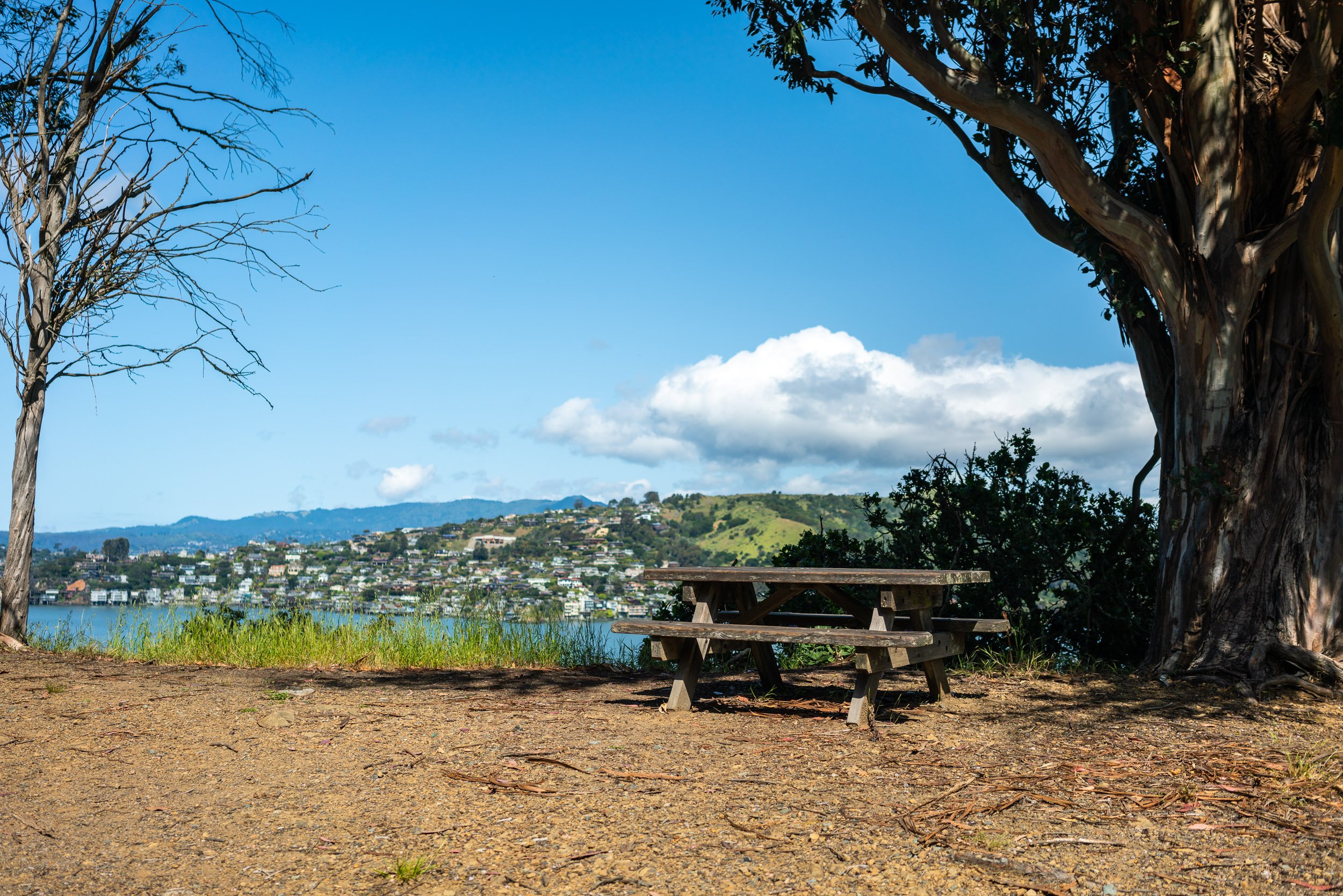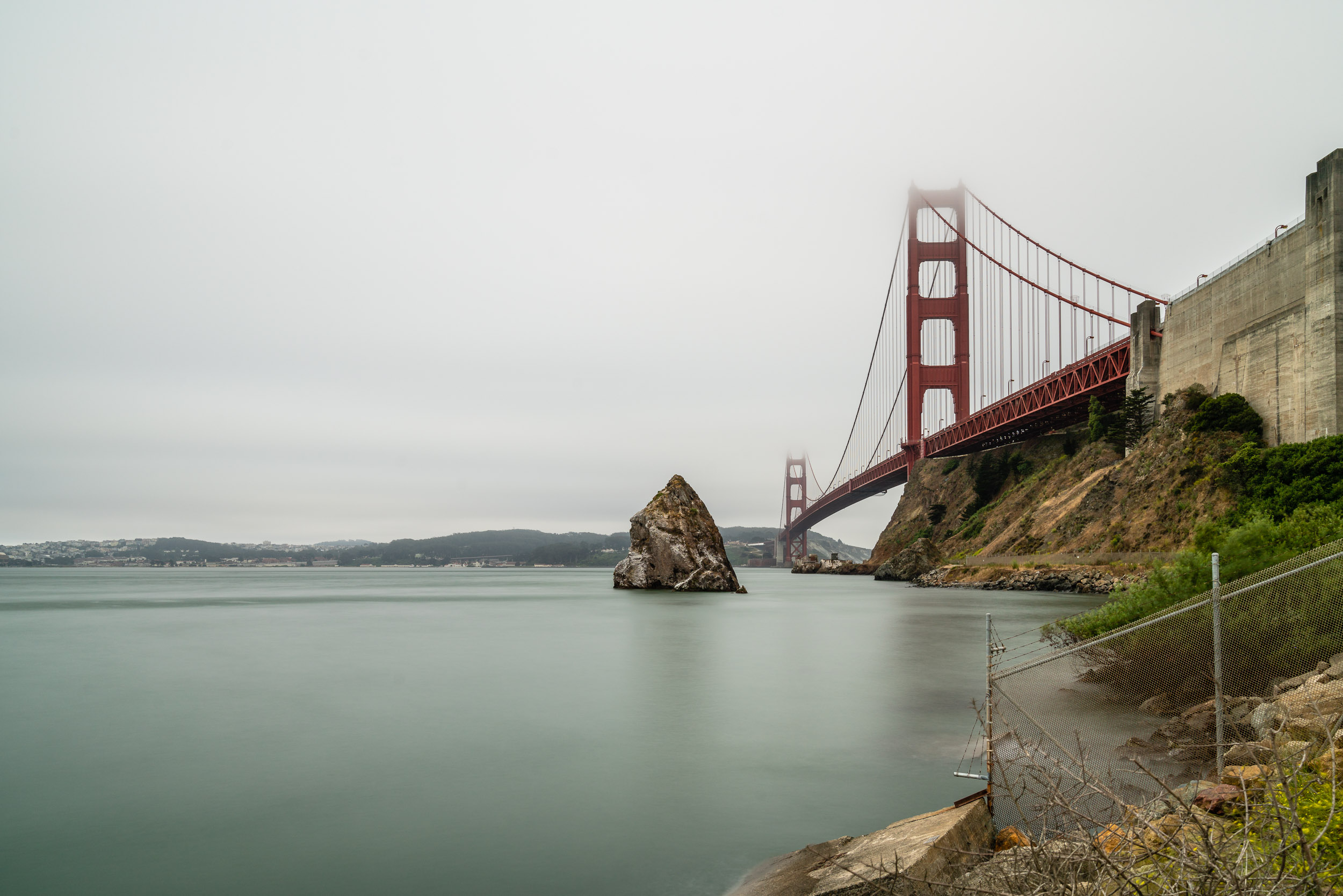Making the trip to Angel Island got me reflecting on my own immigrant story. Not that I had a choice! I came to America when I was only eight years old. Obviously, the decision was made for me by my parents. I came home from second grade one day, and was told that we’d be moving to the United States. I don’t remember having much overt emotions. I was too young to have strong attachment to Guangzhou, China, and also too young to fear the (soon to be too real) challenge of assimilating to a wholly different country.
Economics wasn’t the reason, either. Our family was lower middle class in China, but my parents owned (and still do) the two-bedroom apartment outright. Financially, we would have been just fine had we stayed. The primary reason for moving to America was so my mother can join her side of the immediately family, all of whom live in the States. Come to think of it, it was super generous of my father to essentially give up his side of the family, all of whom (still) reside in China.
Sometimes I like to imagine what my life would be like had our family remained in China. I bet it wouldn’t be all that much different. I probably would have finished university with decent enough grades, then moved into a secure public service job, one that pays just enough for a middle-class life. Even in China, I probably still can’t afford to buy a place of my own. The real-estate market in the big cities there is as impossible as it is here in San Francisco.
The biggest difference would be my passion for cars. Had we stayed in China, I don’t think that love would’ve had the opportunity to cultivate. America is truly the land of cars, with a rich history of open road and endless possibilities behind the wheel. Comparatively, buying a car here is cheaper than rest of the world. It’s easier to get a driver license, too. In China, not only is the licensing process more rigorous, you have to apply for a lottery to get a car plated for road use. Congestion is such an issue that even if you can afford a car, you might not be allowed to drive it.
There’s no way I could have already (non-concurrently) owned four cars while living in China. Buying a Porsche 911 GT3 would only be a dream.
I guess in a way, it’s easier to make relatively lots of money here in America. Persistence and hard-work can get you quite far financially in this country. I mean, isn’t that the main motivation for people wanting to migrate to States? The initial wave of Chinese immigrants was those looking to literally strike it rich during the California Gold Rush. Today, migrants from south of the border have the same parallel: they just want to make money. In their homeland, it is not possible. In America, it is very possible.
Sadly, the same parallel exists in the horrible conditions you hear about inside the migrant camps at the border. People detained in squalid conditions, awaiting a meeting with immigration officials, praying against hope to be granted entry (asylum). It’s eerily similar to the Angel Island experience the early Chinese immigrants had to deal with. A shame that we’ve learned nothing from the not-so-good parts of this country’s history. People who want to come to the United States to make money, take care of their family, and contribute positivity to society, should be allowed to.
We pick up the story from part one still at Immigration Station - the processing/detention facility. One of the rooms showcased is the interrogation room. I can only imagine the sheer terror in having to answer dubious questions, asked in a language you’re wholly unfamiliar with.
Though it appears there were some semblance of English education on the premises.
A stark reminder just how beautiful it is on the outside. A freedom so tantalizing and out of reach.
I still cannot get over how intricate these poetry carvings are. It mimics the penmanship of Chinese calligraphy superbly well.
There’s no escape. And even if one were to leave the building, they’re still in the middle of a freaking island.
Never forget that one of the most racist acts in United States congressional history was done against the Chinese.
Back outside, we continue on our hike circumnavigating the island. We headed south before making the turn west.
It was a nice day for bay watching.
The military installation we passed by on the ferry in part one is named Fort McDowell. Obviously no longer in use, the dilapidated buildings are a sight to see if you’re into exploring urban decay.
A postal exchange from 1910. It’s amazing a building this old is still standing. Granted, signage is everywhere warning hikers to not venture inside these buildings.
For those who don’t know, postal exchange is like a Walmart on military bases. Armed Forces personnel go there to buy their daily essentials, and lots of snacks.
No military base is complete without a church.
The old administration building.
You can really see how broken-down these buildings are at Fort McDowell.
Though some are still in use to this day. The officer’s quarters provide housing for staff who live on Angel Island permanently.
The great barracks and drilling field at Fort McDowell.
As we round the corner on the southeast end of Angel Island, the San Francisco skyline comes into view.
And so does the venerable Golden Gate Bridge.
For those not-so athletically inclined, there’s plenty of benches all throughout the ring road to take a breather. You can even have a picnic, if you so choose.
Similar to the Marin Headlands just across the Golden Gate Bridge, Angel Island have relics of gun battery that used to be in service during the world wars. It’s kind of wild to think that if enemies were to sail into the San Francisco Bay, huge guns from both north and south side were ready to fire on them.
It would be cool if the gun was still here. (Disabled, obviously.)
Thanks to the heavy rain earlier in the winter, California experienced an intense spring bloom. Colorful wild flowers were present everywhere on Angel Island.
With Fort McDowell garrisoning the east side of island, the west side is garrisoned by Camp Reynolds. I have to say the latter is way more photogenic than the former. Look at that spectacular view!
After Camp Reynolds, the trail is already close to making the loop back to Ayala Cove - where we ride the return ferry to San Francisco. But, not before some more spectacular views of Richardson Bay.
Back where we started.
As mentioned in part one, the ferry back to San Francisco makes a stop at Tiburon. No complaints: Tiburon is a quaint little town, and I always like going there.
The busy waters near Tiburon.
And we are back home to San Francisco.
We had a great time at Angel Island. As a Chinese-American, it is worthwhile to visit this historical place as an adult. To reflect on how difficult it was for our forefathers, and to be grateful how great our lives are now, because of their contributions.













